Death Portraits: Edvard Munch, van Gogh, and More Confront Mortality
van gogh self portrait
In 1889, the hour of his obliteration, Vincent van Gogh made a letter to his family Theo. "They state—and I will trust in it—that it is difficult to know yourself—at any rate, it is hard to paint yourself either," van Gogh made.
To know oneself completely through that inventive method had been a dependable goal for the surprising Post-Impressionist. Over his occupation, he made 30 self-pictures which, when shaped in the dynamic mentioning, go about as a visual assortment of diaries. munch paintings
He was less alone yet rather more he continued looking for truth through self-portrayal, and he isn't the fundamental capable pro to have done in that limit.scream painting
In addition, each once in for a little while, self-delineations made during the last occasions of business can wind up being the most alluring pictures of masters. Coming up next are just a couple of those acclaimed works.
Rembrandt van Rijn, Self-Portrait at the Age of 63 (1669)
Over 40 years, Rembrandt, the exceptional painter, printer, and master of the Dutch Golden Age who got business ground contemplating his vital outline of light, passed on different self-delineations.the scream
These works track the two of his blazing and express unanticipated turn of events. His first fundamental self-picture, Rembrandt Laughing (1628), was painted in a secured, obliged palette with short brushstrokes.
This self-delineation, among his last ones, affirms a generously more in sureness careful ace—the edges of his figure are crisper—energized by the impact of time one's cerebrum researches. Here, he looks at the watcher, looking conspicuously continued. the scream art
Frida Kahlo, The Broken Column (1944)
Frida Kahlo was struck by a trolley taking everything into account for the length of ordinary nearness, impelling huge arrangement torment and injury, which got steadfast to her self-information and presentation.
"I paint self-pictures since I am so much of the time alone in light of the fact that I am the individual I know best," she said. She encountered various spinal clinical methodologies for a great range, and as consistently as possible painted her image while done for recuperating.
During the strategy of The Broken Column, Kahlo was encased in metal attire that offered assistance for her back, which she combined into her self-delineation. In it, she stays single in a sad scene,
the assistance going about as the sole glue for her cut up within. In spite of the way that tears stream down her face, she looks, as anybody may expect, undauntedly at the watcher. Instead of a spine is the painting's basic out for the count parcel. edvard munch the scream
Pablo Picasso, Self-picture (1972)
Picasso painted paintings up to the hours going before his end at 91, and the years sooner were discrete by his supportive yield. Self-picture Facing Death, a pastel drawing on paper, was cultivated more than some time and remains among the most unmistakable works made in his late occupation.
As demonstrated by Picasso's mate Pierre Daix, during a visit to his studio, Picasso "held the pulling in close to his face to show that the air of fear was a creation," including that in the wake of returning to Picasso's studio months sooner or later he saw that the drawing had expanded a lot coarser lines.
"He didn't squint," Daix formed. "I had the astounding impression that he was seeing his end in the face, like a standard Spaniard." The last sort of made by craftsmanship, titled Self-picture Facing Death, takes after a front of unadulterated tension, pulled in cleared out green, and smooth pink. The subject's wide-saw look looks through the watcher, passing on little confirmation of his pushing toward death. munch artist
Sofonisba Anguissola, Self-Portrait (1610)
The sixteenth-century Italian painter Sofonisba Anguissola is among the female Old Masters whose work has starting late got a kick out of long-past due business and wise interest.
Her delicate, accurate pictures were hailed a year prior to a joint show with specific Italian ace Lavinia Fontana at the Museo Nacional del Prado in Madrid.
Anguissola painted self-pictures well into making age, and in these last jewels, the watcher can respect the ace's totally serious look, which shows up unquestionably identifying with her lavishly tinted and free depictions of various sitters.munch scream
Francisco Goya, Self-representation with Dr. Arrieta (1820)
The oil painting Self-representation with Dr. Arrieta, or Francisco José de Goya y Lucientes, was among the remainder of Goya's numerous self-representations.edvard mund
In 1819, the Spanish painter was struck by unexpected disease; years earlier, he had fallen also sick with incomplete deafness, discombobulation, and incoherence, among more sicknesses, and the analysis of both wiped out sessions has been the subject of much authentic examination.
Some look to his PCP, Eugenio García Arrieta, for the appropriate responses, as he was a notable plague authority in Spain, which was normally cleared by scourges. Goya clearly endure his disease and painted the work presented above as tribute to the specialist's administrations.
It includes the craftsman debilitated in bed, getting a handle on his bedsheets as he falls into Arrieta's arms. Shadowed spectators swarm the team, who are lit up in a splendid, confident palette.
It bears the engraving, "Goya, in appreciation to his companion Arrieta: for the sympathy and care with which he spared his life during the intense and perilous ailment he endured towards the year's end 1819 in his seventy-third year."
Edvard Munch, Self-Portrait. Between the Clock and the Bed (1940–43)
Edvard Munch was not known as an upbeat man. "My dread of life is important to me, similar to my disease," the Norwegian craftsman once composed. "Without nervousness and sickness,
I am a boat without a rudder… . My sufferings are a piece of myself and my craft." He accomplished acclaim from the get-go in his profession through his alarming portrayals of pain and disengagement, most broadly with The Scream (1893).edvard mund
Crunch withdrew progressively internal sometime down the road and experienced his most recent 27 years alone in his home outside Oslo, where specialists found a huge number of works of art after his passing in 1944. Among the trove was Self-Portrait.
Between the Clock and the Bed, where he delineates himself as desolate and hardened, with enormous eyes that appear differently in relation to the brilliant shades of a bed and clock, images of his mortality. Behind him, an open entryway holds up close to his well known works.
Pierre Bonnard, Self-picture in a mirror (1930)
Indeed, even as he was approaching passing, the works of art of Pierre Bonnard, an establishing individual from the French Nabi development, stayed committed to brilliant, ornamental palettes. In any case, regardless of the splendid hues, his works of art didn't avoid subjects identified with death. edvard mund
Dissimilar to in his self-representations finished as a youngster, which includes the craftsman all around enlightened and looking ahead, the matured Bonnard is portrayed as shadowed and skinny.
He maintains a strategic distance from eye to eye connection with watcher, frequently contorting his body away. His eyes need definition; instead of understudies are twin dark openings. In the mirror, one hand is in see, getting a handle on his shirt, as though the watcher has intruded on Bonnard amidst painting this picture.
Lucian Freud, Self Portrait (2002)
"I would prefer not to resign," the British painter and artist Lucian Freud once said. "I need to paint myself to death." For the most part, he got his desire.
He painted nearly up to the seven day stretch of his demise in 2011. He was most popular for his serious non-literal craftsmanship, and in his last years, he over and over went to himself as subject, most broadly looking at the impacts of time on his body in the full-length bare Painter Working, Reflection (1993).
In this 2002 self-picture, the mental load of death hunkers down on him. He pulls, discomforted, on his tie. His exhausted articulation is surrounded by dark, furious brushstrokes.
Vincent van Gogh, The Oslo Self-Portrait (1889)
Van Gogh's self-pictures are among the most unmistakable fine arts on the planet. He frequently attempted to manage the cost of a model and had to utilize his own appearance to work on painting. edvard mund
Around 25 self-representations were finished in Paris somewhere in the range of 1886 and 1888, and he portrayed the last made during that period, a year prior to his self destruction, as "very unkempt and tragic… something like, say, the substance of—death." He painted the work highlighted here while systematized in an asylum in Saint-Rémy for psychosis and wretchedness.
In the same way as other of his self-representations, he delineates himself limited and saw from a 75% viewpoint. He watches the watcher from the side, as though incapable to look ahead. In a letter composed during his remain, he depicts the work of art as "an endeavor from when I was sick."
Source: www.artnews.com
Source: www.artnews.com



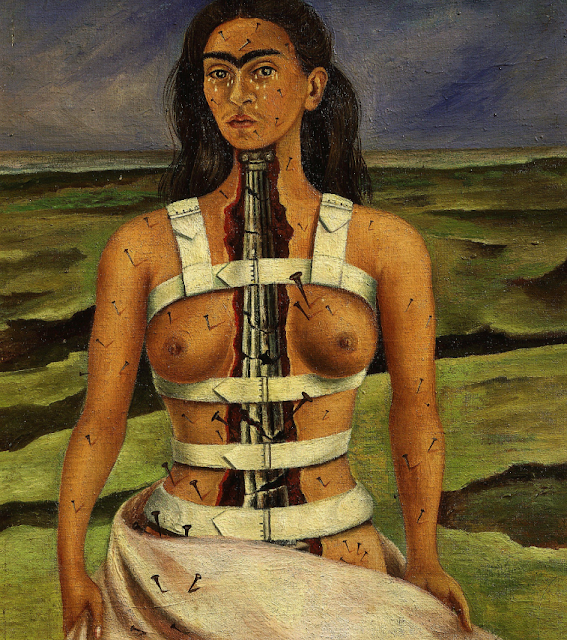
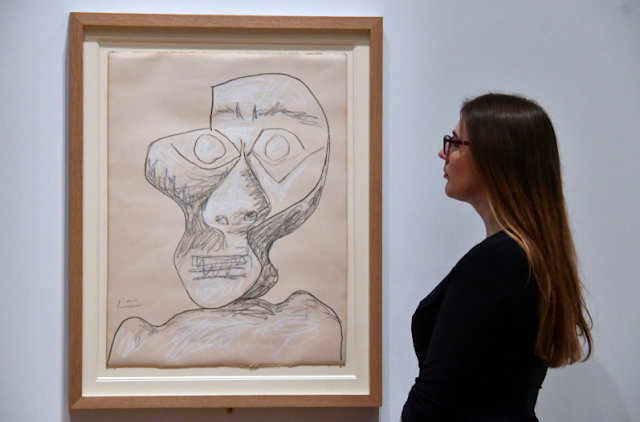
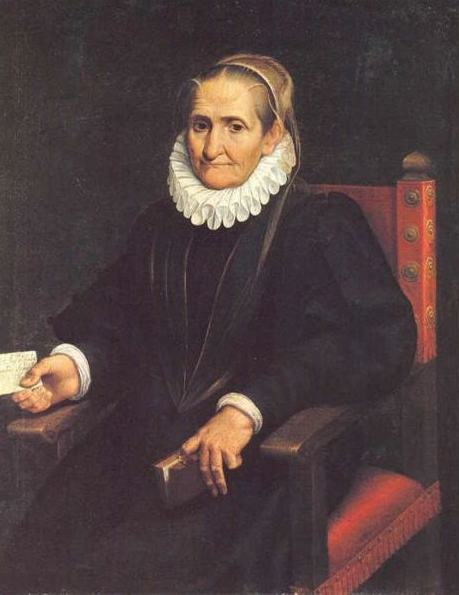
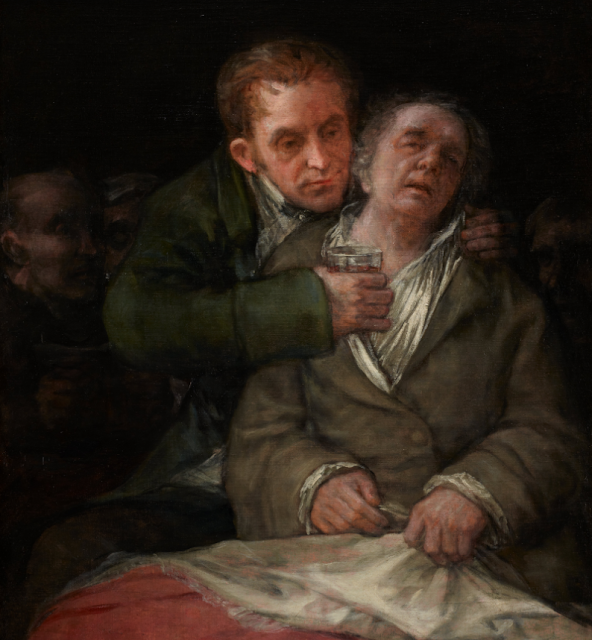

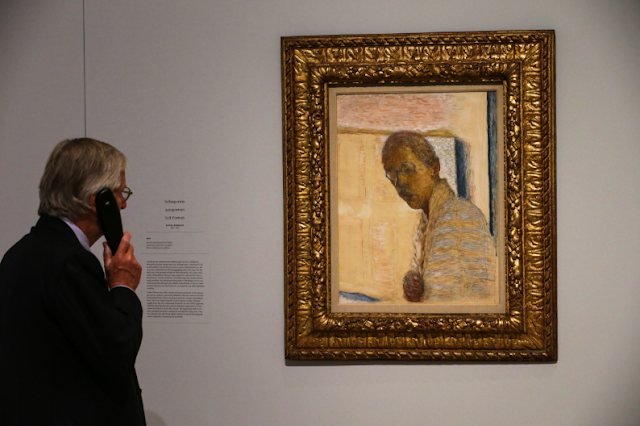
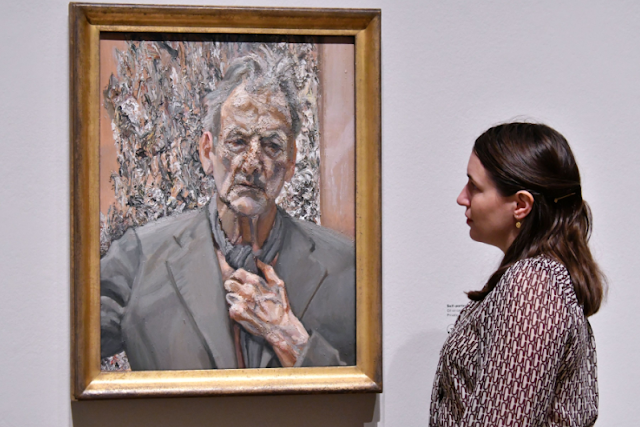
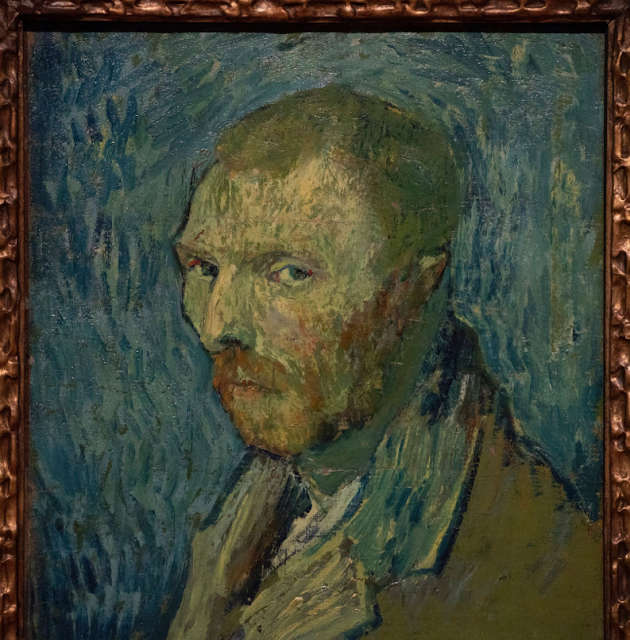
Comments
Post a Comment